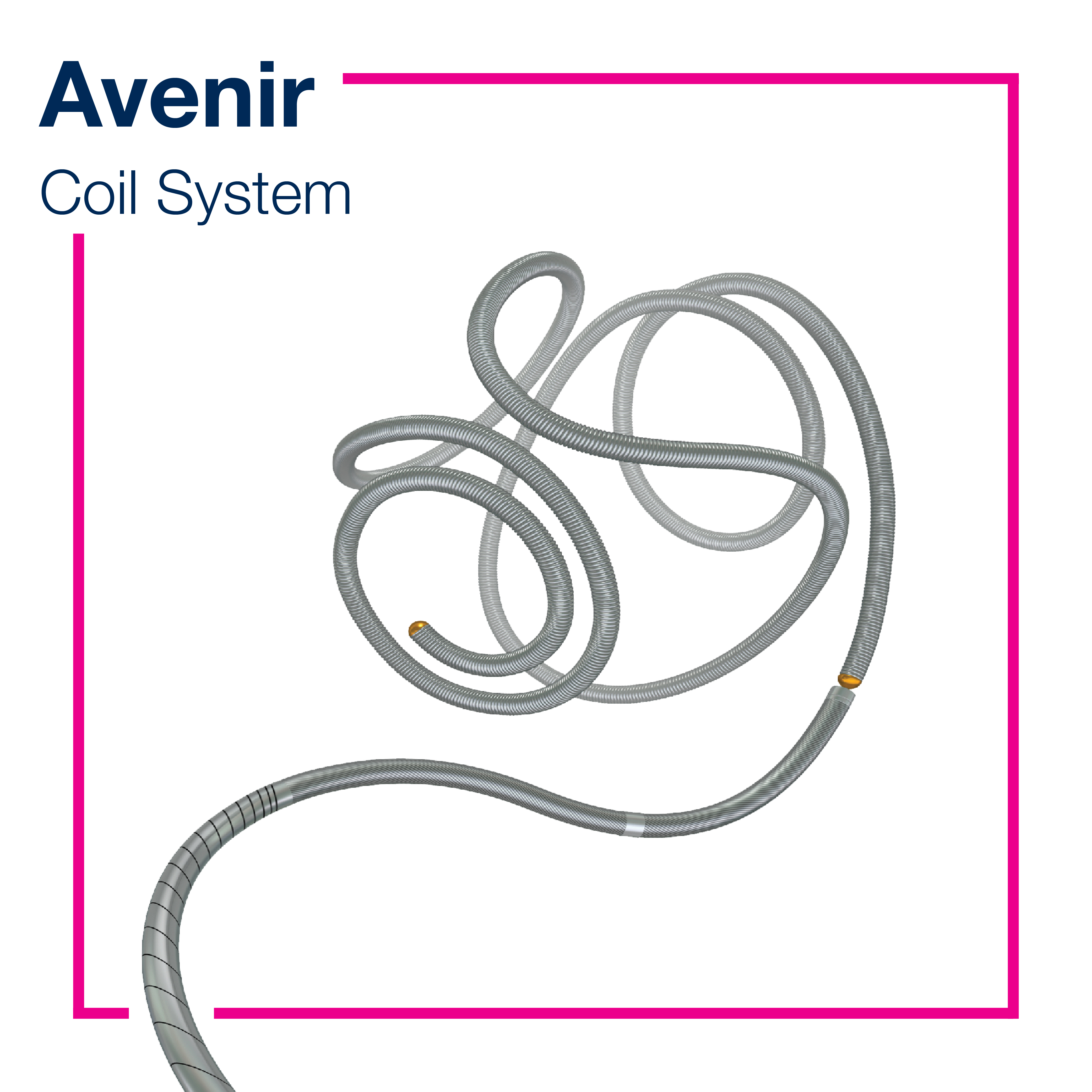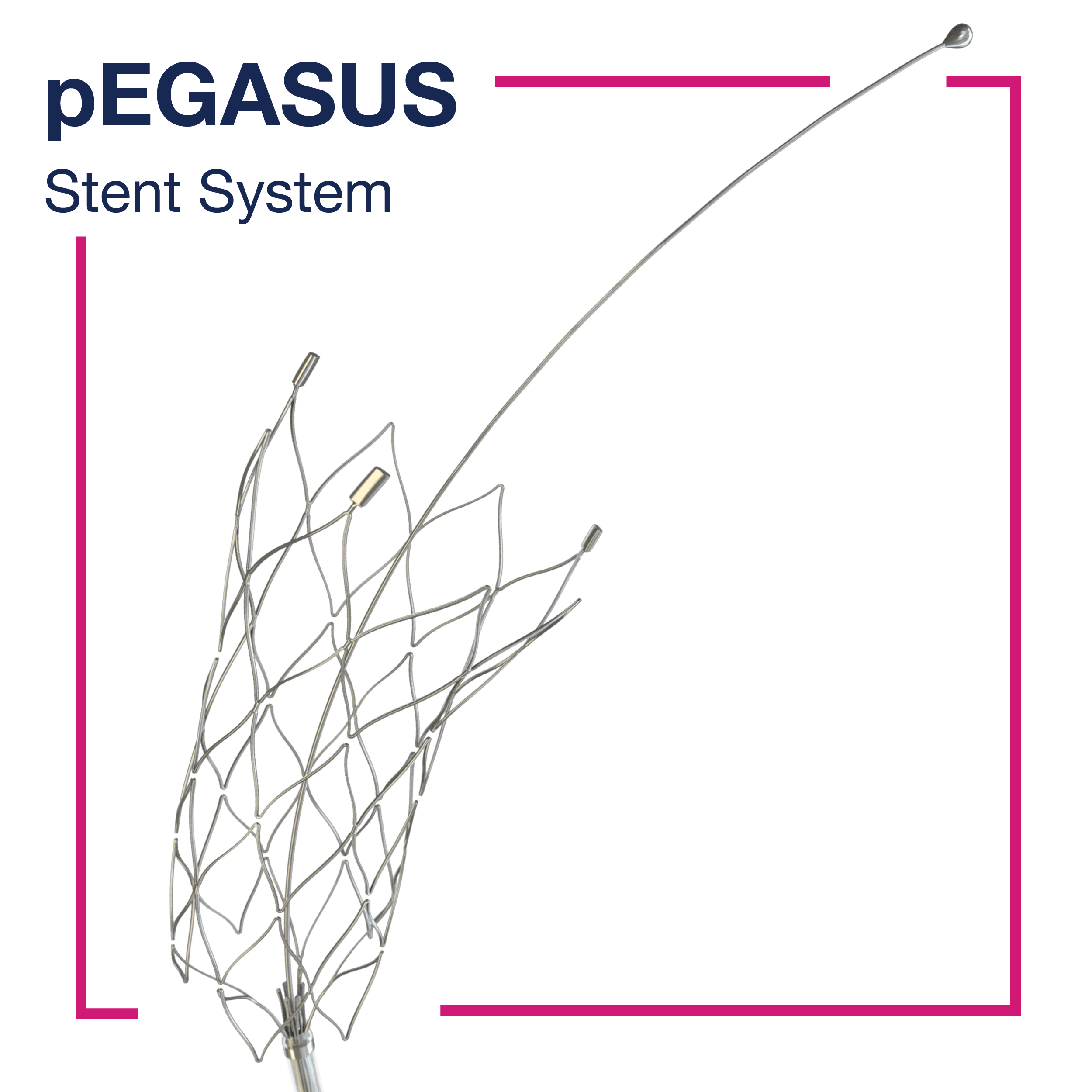HEMORRHAGIC STROKE CAUSED BY AN ANEURYSM
what is hemorrhagic stroke and aneurysm?
Hemorrhagic stroke is mostly caused by a ruptured aneurysm. This can lead to severe consequences such as permanent disability or death. Hemorrhagic stroke can possibly be prevented by treating the aneurysm before it ruptures. A ruptured aneurysm can be treated to prevent future rebleeding.
An aneurysm is an outward bulging in a blood vessel, caused by weakness in the arterial wall. It often has a balloon-like shape, but can vary in shape, size and location. Untreated aneurysms can increase in size due to continuous blood circulation inside the aneurysm. This increases the risk of rupture over time.
COMMON RISK FACTORS OF HEMORRHAGIC STROKE
High Blood Pressure
HEMORRHAGIC STROKE CAUSED BY AN ANEURYSM
what is hemorrhagic stroke and aneurysm?
Hemorrhagic stroke is mostly caused by a ruptured aneurysm. This can lead to severe consequences such as permanent disability or death. Hemorrhagic stroke can possibly be prevented by treating the aneurysm before it ruptures. A ruptured aneurysm can be treated to prevent future rebleeding.
An aneurysm is an outward bulging in a blood vessel, caused by weakness in the arterial wall. It often has a balloon-like shape, but can vary in shape, size and location. Untreated aneurysms can increase in size due to continuous blood circulation inside the aneurysm. This increases the risk of rupture over time.
COMMON RISK FACTORS OF HEMORRHAGIC STROKE
High Blood Pressure
symptoms of ruptured aneurysm | Notice the signs
which aneurysm treatment options are available?
Treatment options are varying for each case. Factors such as location, size, and shape of the aneurysm play a major role for the treatment. Sometimes, regular observation is sufficient, but if treatment is indicated, there are some approaches that can be done such as surgical clipping approach and endovascular approach.
- The surgical clipping approach is an open surgical procedure to seal the neck of an aneurysm by clipping in order to prevent blood flow from entering.
- The endovascular approach is a treatment of the aneurysm from within the vessel. It is a minimally invasive procedure which typically only requires a puncture of the groin. Small catheters are navigated through the artery towards the aneurysm. Treatment devices can be delivered through these catheters.
Two of the most common endovascular treatment options are Aneurysm Coiling and the placement of Flow Diverters.
coiling
Coiling is the treatment of aneurysm with tiny and soft platinum wires such as the Avenir Coil System. The so-called coils are placed inside the aneurysm sac to prevent blood flow from entering, and therefore reduces the risk of aneurysm rupture.
For some aneurysms adjunctive devices can be useful. One device that can be used in combination with coils is a stent, such as the pCONUS Bifurcation Device.
flow diverters
Flow diverters are endovascular protheses that consist of a braided mesh. They are placed along the neck of an aneurysm in order to divert the blood flow and reconstruct the artery.
This treatment can be done with p64 MW | p48 MW or p64 Flow Modulation Device. Being placed in the artery under the aneurysm neck they act as a kind of “tunnel” preventing the blood from flowing into the aneurysm. The risk of aneurysm rupture is thus averted.
Which treatment is suitable for my condition?
Treatment options are varying for each case. Factors such as location, size, and shape of the aneurysm play a major role for the treatment. Sometimes, regular observation is sufficient, but if treatment is indicated, there are some approaches that can be done such as surgical clipping approach and endovascular approach.
- The surgical clipping approach is an open surgical procedure to seal the neck of an aneurysm by clipping in order to prevent blood flow from entering.
- The endovascular approach is a treatment of the aneurysm from within the vessel. It is a minimally invasive procedure which typically only requires a puncture of the groin. Small catheters are navigated through the artery towards the aneurysm. Treatment devices can be delivered through these catheters.
Two of the most common endovascular treatment options are Aneurysm Coiling and the placement of Flow Diverters.
coiling
Coiling is the treatment of aneurysm with tiny and soft platinum wires such as the Avenir Coil System. The so-called coils are placed inside the aneurysm sac to prevent blood flow from entering, and therefore reduces the risk of aneurysm rupture.
For some aneurysms adjunctive devices can be useful. One device that can be used in combination with coils is a stent, such as the pCONUS Bifurcation Device.
flow diverters
Flow diverters are endovascular protheses that consist of a braided mesh. They are placed along the neck of an aneurysm in order to divert the blood flow and reconstruct the artery.
This treatment can be done with p64 MW | p48 MW or p64 Flow Modulation Device. Being placed in the artery under the aneurysm neck they act as a kind of “tunnel” preventing the blood from flowing into the aneurysm. The risk of aneurysm rupture is thus averted.
Which treatment is suitable for my condition?
Treatment options are varying for each case. Factors such as location, size, and shape of the aneurysm play a major role for the treatment. Sometimes, regular observation is sufficient, but if treatment is indicated, there are some approaches that can be done such as surgical clipping approach and endovascular approach.
- The surgical clipping approach is an open surgical procedure to seal the neck of an aneurysm by clipping in order to prevent blood flow from entering.
- The endovascular approach is a treatment of the aneurysm from within the vessel. It is a minimally invasive procedure which typically only requires a puncture of the groin. Small catheters are navigated through the artery towards the aneurysm. Treatment devices can be delivered through these catheters.
Two of the most common endovascular treatment options are Aneurysm Coiling and the placement of Flow Diverters.
coiling
Coiling is the treatment of aneurysm with tiny and soft platinum wires such as the Avenir Coil System. The so-called coils are placed inside the aneurysm sac to prevent blood flow from entering, and therefore reduces the risk of aneurysm rupture.
For some aneurysms adjunctive devices can be useful. One device that can be used in combination with coils is a stent, such as the pCONUS Bifurcation Device.
flow diverters
Flow diverters are endovascular protheses that consist of a braided mesh. They are placed along the neck of an aneurysm in order to divert the blood flow and reconstruct the artery.
This treatment can be done with p64 MW | p48 MW or p64 Flow Modulation Device. Being placed in the artery under the aneurysm neck they act as a kind of “tunnel” preventing the blood from flowing into the aneurysm. The risk of aneurysm rupture is thus averted.
Sources:
1. Flow Diversion: https://www.hopkinsmedicine.org/neurology_neurosurgery/centers_clinics/aneurysm/treatment/flow-diversion.html
2. Endovascular coiling: https://www.hopkinsmedicine.org/neurology_neurosurgery/centers_clinics/aneurysm/treatment
3. Cerebral Aneurysm: https://www.ninds.nih.gov/Disorders/Patient-Caregiver-Education/Fact-Sheets/Cerebral-Aneurysms-Fact-Sheet
4. p64 Flow Modulation Device: https://ec.europa.eu/regional_policy/en/projects/germany/a-better-implant-for-treating-cerebral-aneurysms
5. Causes and Symptoms: https://www.urmc.rochester.edu/encyclopedia/content.aspx?ContentTypeID=85&ContentID=P08772
6. Aneurysm Treatment and Diagnosis: https://www.healthline.com/health/aneurysm-in-the-brain#causes
7. Brain Aneurysm: https://www.ohsu.edu/brain-institute/brain-aneurysm
8. Surgical Clipping: https://bafound.org/treatment/surgical-treatment-clipping/
9. Aneursym Symptoms: https://www.nhs.uk/conditions/brain-aneurysm/symptoms/
Sources:
1. Flow Diversion: https://www.hopkinsmedicine.org/neurology_neurosurgery/centers_clinics/aneurysm/treatment/flow-diversion.html
2. Cerebral Aneurysm: https://www.ninds.nih.gov/Disorders/Patient-Caregiver-Education/Fact-Sheets/Cerebral-Aneurysms-Fact-Sheet
3. p64 Flow Modulation Device: https://ec.europa.eu/regional_policy/en/projects/germany/a-better-implant-for-treating-cerebral-aneurysms
4. Causes and Symptoms: https://www.urmc.rochester.edu/encyclopedia/content.aspx?ContentTypeID=85&ContentID=P08772
5. Aneurysm Treatment and Diagnosis: https://www.healthline.com/health/aneurysm-in-the-brain#causes
6. Brain Aneurysm: https://www.ohsu.edu/brain-institute/brain-aneurysm


